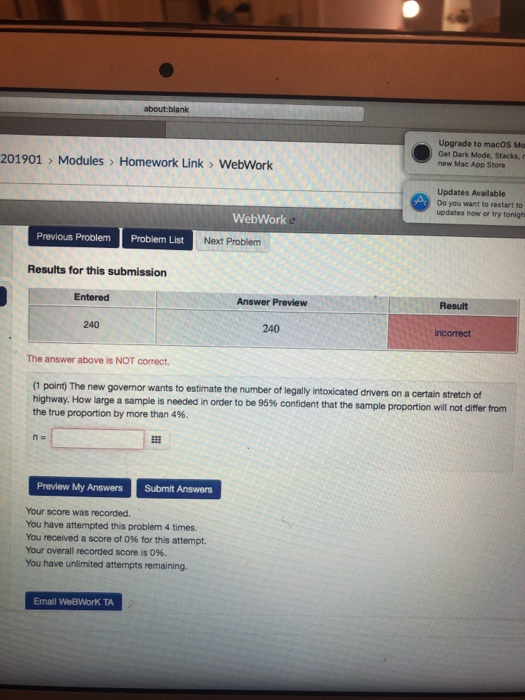KB ID 0001693
Mine was working perfectly - and then just stopped. It coincided with a Microsoft update - so coincidence? I tried everything from a new MAC OS update, deleting and reinstalling teams; deleting my library files. This silly thing worked or me: the app was open and I right clicked on the icon in my finder dock. I clicked sign out. About:blank is an app that blocks websites in Safari. I use it to break my bad browsing habits and to stay productive. You specify the websites that you want to block on your mac or iOS device, which are then synchronized across all your other devices. The rules are based on regular expressions, which allows for fine control over a blocked URL.
Problem

We mac users always get overlooked. If I had a pound for every time I’ve heard ‘Yeah we don’t support macs?” I would be a rich man. But thankfully this makes us work things out for ourselves usually!
So recently I did a article Azure: Point To Site VPN (Remote Access User VPN) but what if you want to use the same solution for a remote mac user?
Solution
Firstly you will want to download the VPN package (and have a valid client/user certificate, [see the link above]).
Obviously the installer is for Windows, but within the ZIP file you download, it has a copy of the XML file with the settings in it, and a copy of the Root CA certificate you used.
So your first job is to ‘import‘ the client certificate, it will be in PFX format, (if you followed my instructions), so you will need to supply the password you specified when creating the PFX file (not the mac password), when prompted to install it (double click on it).
The engineer in me isn’t quite sure why the client needs the Root CA certificate on it, (because that’s not how certificates work!) But Microsoft insist it’s necessary, so also double click and install the Root CA Certificate, (it’s inside the VPN Package).
You don’t need to install VPN software onto the mac, (it has its own built in). Click the Apple Logo > System Preferences > Network > Add > Interface = VPN > VPN Type = IKEv2 > Service Name = Azure-Client-VPN > Create.

Mac Os For Windows 10
Now open the XML file from within you VPN client software ZIP file, and locate the FQDN of the ‘Gateway’ address in Azure > Copy it to the clipboard.
Microsoft Edge For Mac Os
Paste the server address into BOTH Server Address AND Remote ID > (Leave Local ID blank for now) > Authentication Settings
Point Os System
WARNING: I’m using mac OS Catalina, so I choose ‘None’ (NOT CERTIFICATE). But for mac OS Mojave (and older) CHOOSE CERTIFICATE). It’s a bug that causes an error (see below) if you don’t.
Select > Choose the CLIENT certificate you imported earlier, (Take note of the name in brackets, this is the common nameon the certificate). You will need this in a minute! > Continue > OK.
Put the Common Name from the certificate into the Local ID section > Apply > Connect.
All being well it should connect, (though it may prompt for you to enter your user password). BY DEFAULT the option ‘Show VPN Status in Menu Bar‘ should be ticked, if it isn’t then tick it.
Latest Os For Mac

With that option ticked, you can connect and disconnect the VPN quickly without needing to go back into System Preferences like so;
Error: VPN Connection, ‘An unexpected error occurred’

Remember above when I said choose ‘None‘ for Catalina, NOT certificate? Well this is what happens if you choose certificate!
Related Articles, References, Credits, or External Links
NA

